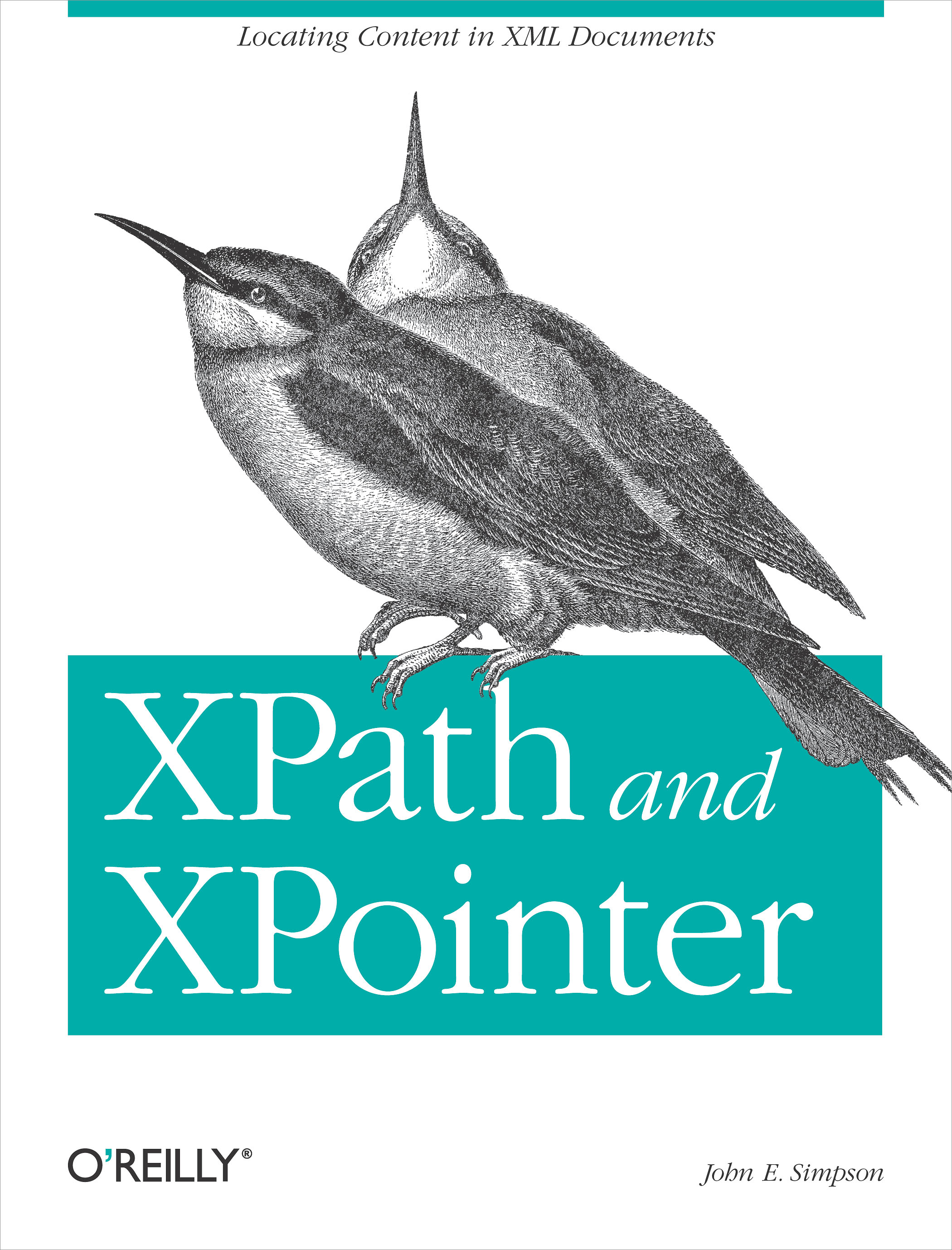EU monetary integration was reinforced in the 1980s when macroeconomic convergence and a dominant role of the German Bundesbank created the basis for relatively stable exchange rates and increasing EU trade volumes. The analysis here focuses on the EMS crisis of 1992/93, the topic of optimum currency areas and the problem of fiscal policies and regional stabilization in Europe, the US and Canada. This book gives an assessment of the EMS developments and shows how financial market liberalization as well as the EU single market project affect the process of economic and monetary union. The role of currency substitution and problems of the Bundesbank’s monetary policy control in a changing international system are evaluated.












